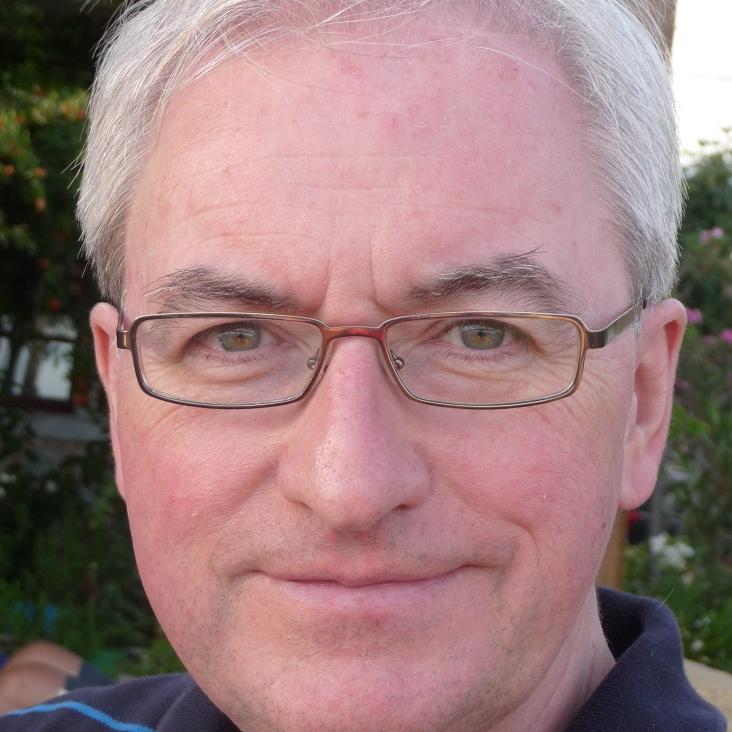An intense stratospheric jet on Jupiter
Nature 427 (2004) 132-135
Retrievals of jovian tropospheric phosphine from Cassini/CIRS
ICARUS 172:1 (2004) 37-49
The retrieval of cloud structure maps in the Equatorial region of Jupiter using a principal component analysis of Galileo/NIMS data
Icarus 156 (2002) 52-63
Correlation of near-infrared albedo and 5-micron brightness variations in Jupiter's atmosphere
ADV SPACE RES 29:2 (2002) 285-290
Abstract:
The Galileo Near Infrared Mapping Spectrometer (NIMS) has returned many spectra of the Jovian atmosphere in the range 0.7-5.2 mum. Although communications restrictions have limited the data return, several wide-area maps have been recorded at near full NIMS resolution. Using these data it is possible to determine both the average shape of the near-infrared (NIR) spectra with very thick clouds (and zero 5-mum brightness) and how these spectra vary as the 5-mum brightness increases.In most of the cases studied, we find that the variable part of the reflectivity has a very different shape to the mean part and may best be explained by variable reflectivity in the cloud layers at pressures greater than 1 bar. In these cases it would thus appear that a variable opacity in a cloud deck based between 1 and 2 bars is mainly responsible for the NIR albedo variations, and not a higher ammonia cloud based above 1 bar as has often been previously suggested. While the composition of this main variable cloud deck could well be ammonium hydrosulphide, other candidates include ammonia (should the much higher estimate of its deep gaseous fractional abundance resulting from the Galileo probe mission be correct), and perhaps even the upper reaches of a deeper water cloud. (C) 2002 COSPAR. Published by Elsevier Science Ltd. All rights reserved.Atmospheric composition and cloud structure in jovian 5-μm hotspots from analysis of Galileo NIMS measurements
Icarus 150:1 (2001) 48-68


